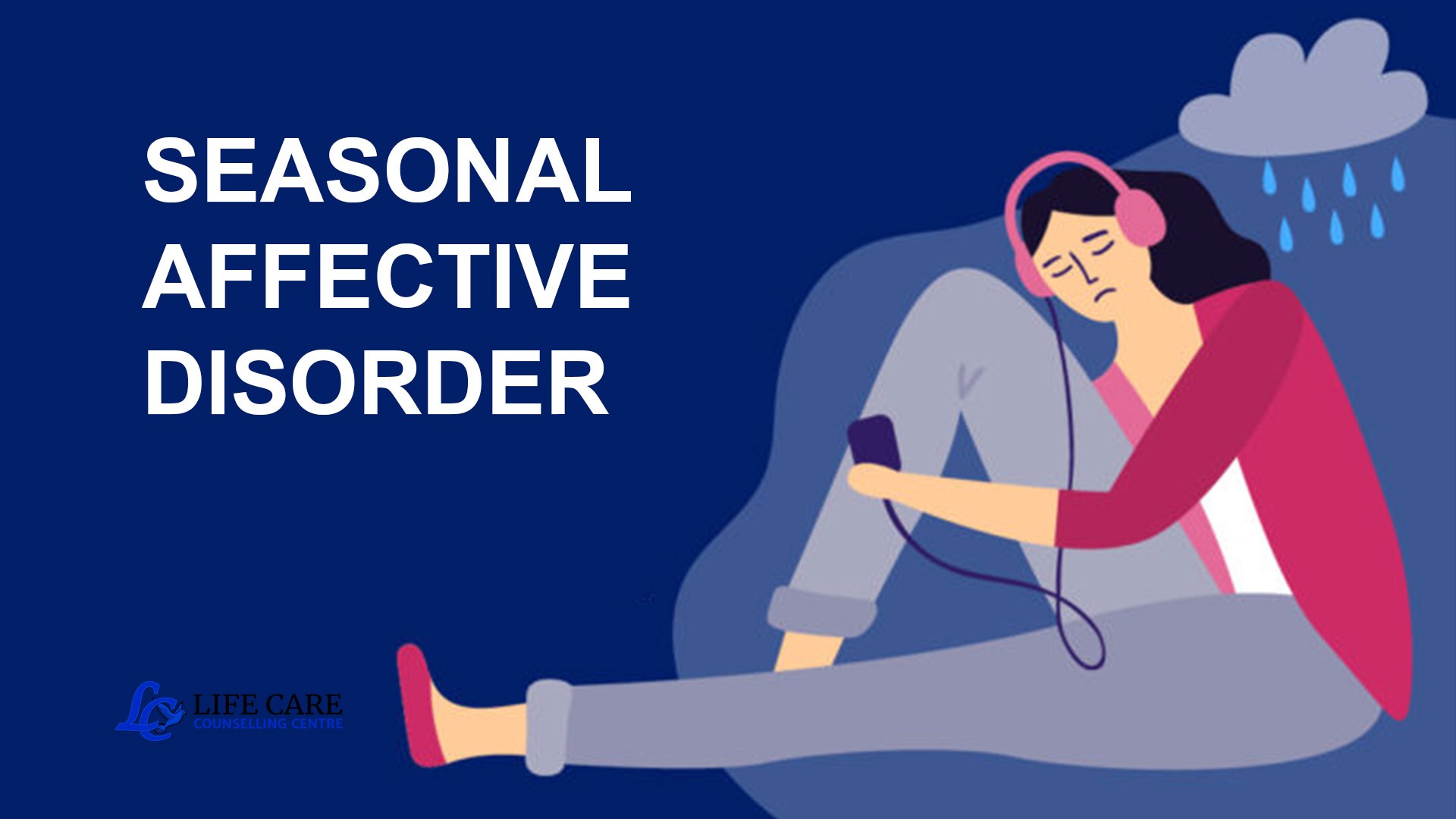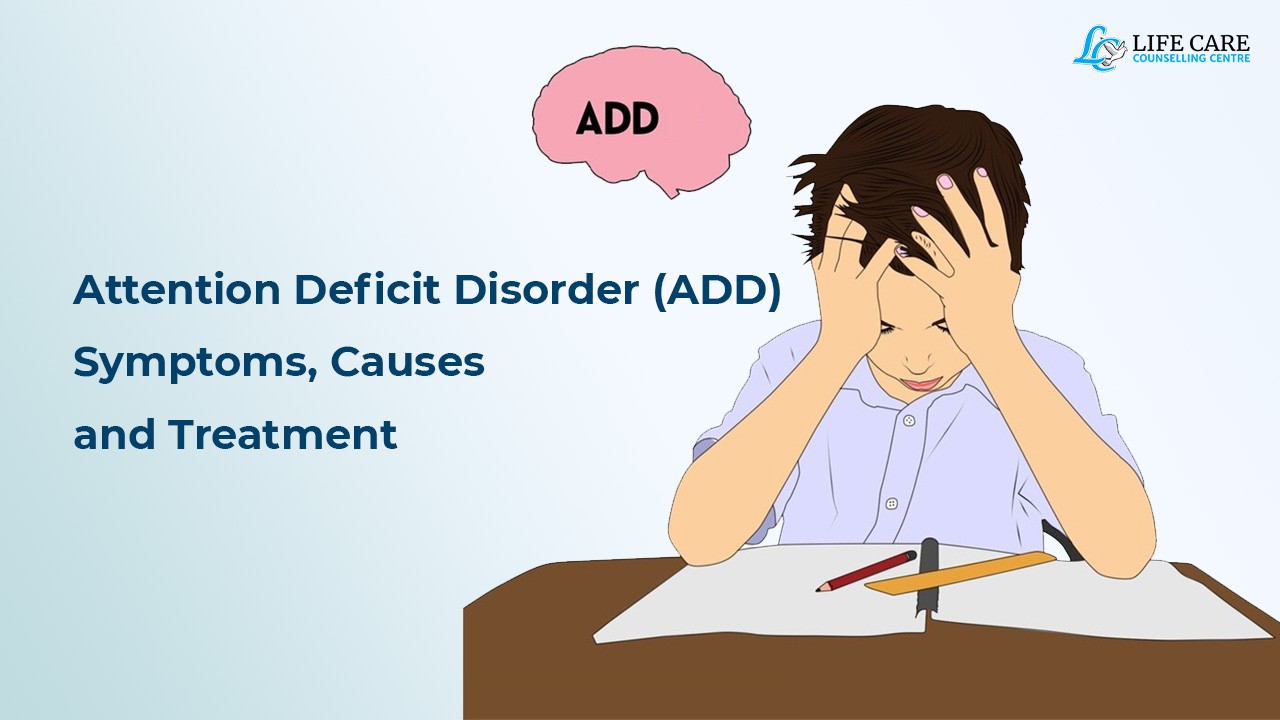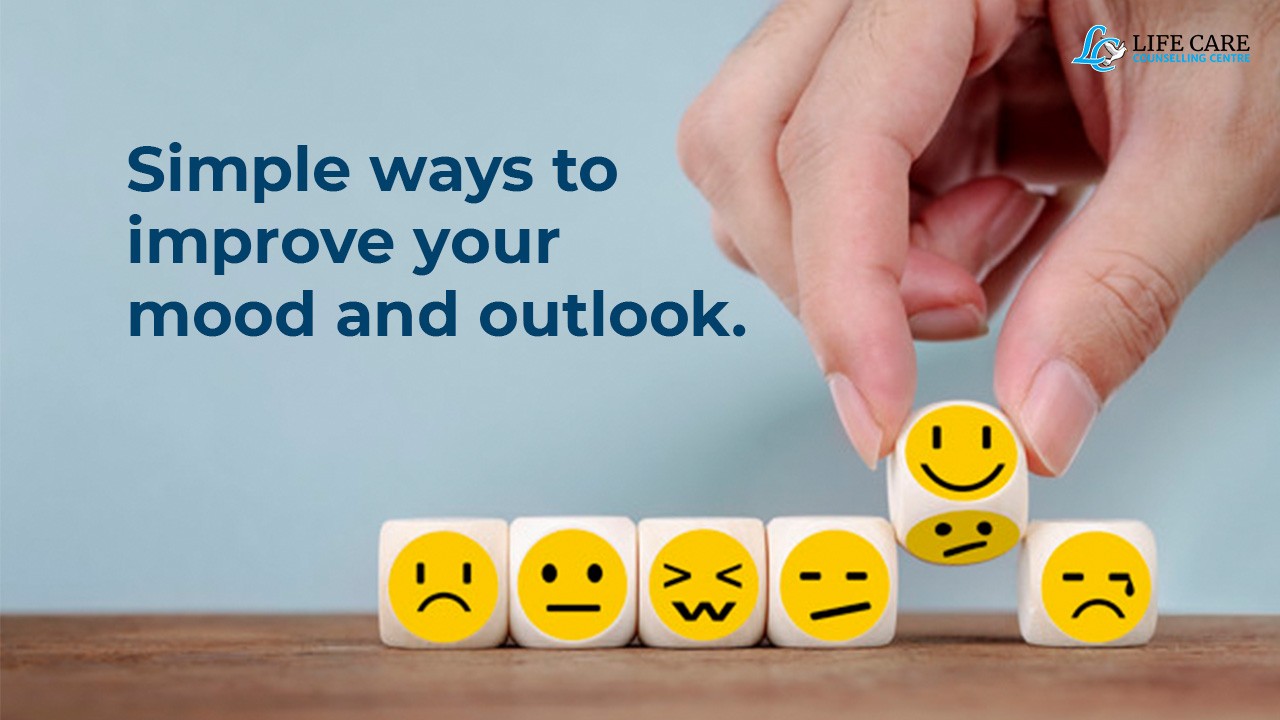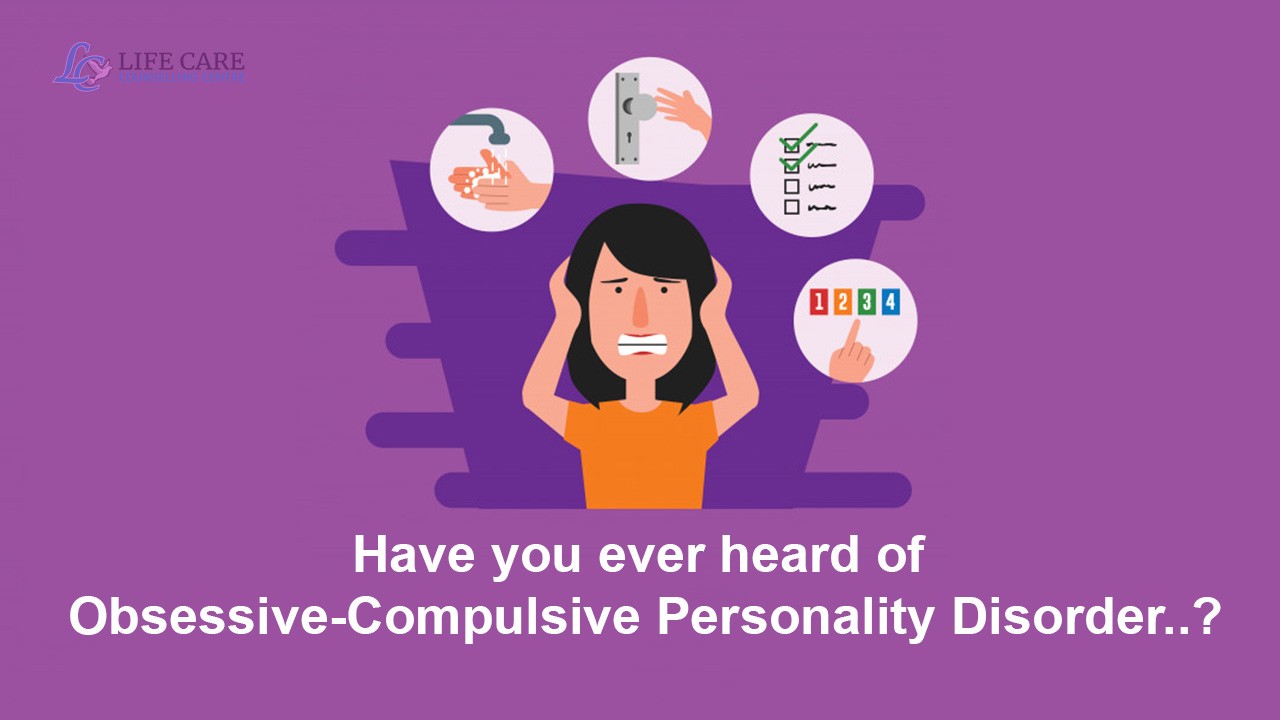Seasonal affective disorder (SAD) is a type of depression associated with seasonal changes. SAD starts and ends at approximately the same time each year. SAD has been linked to a biochemical imbalance in the brain caused by shorter hours of daylight and less sunlight in winter. People with SAD experience mood swings and symptoms similar to depression. When the seasons change, people experience a change in their internal biological clock or daily rhythm that can cause them to no longer keep up with their daily routine.
Seasonal affective disorder (SAD) is a type of depression associated with seasonal changes. SAD starts and ends at approximately the same time each year. SAD has been linked to a biochemical imbalance in the brain caused by shorter hours of daylight and less sunlight in winter. People with SAD experience mood swings and symptoms similar to depression. When the seasons change, people experience a change in their internal biological clock or daily rhythm that can cause them to no longer keep up with their daily routine.
SYMPTOMS
In most cases, symptoms of seasonal affective disorder appear in late fall or early winter and go away on the sunniest days of spring and summer. Common symptoms of SAD include fatigue, even with too much sleep, and weight gain associated with overeating and carbohydrate cravings. Symptoms of SAD can be distressing, overwhelming, and interfere with daily functioning. However, it can be treated. Symptoms of SAD can range from mild to severe and include many symptoms that are similar to major depression, such as:
Symptoms of sad include:
- Feeling depressed for most of the day, almost every day.
- Losing interest or pleasure in activities that you once enjoyed.
- Low energy Problems.
- tend to sleep too much.
- changes in your appetite or weight; have cravings for carbohydrates.
- Increased physical activity for no purpose (e.g., inability to sit still, walk back and forth, wring hands) or slow movement.
- Feeling sluggish or agitated.
- Common thoughts of death or suicide.
TREATMENT
Treatment can improve these symptoms and can also be used as a preventive measure before the upcoming autumn and winter seasons. SAD is more common among women than men. SAD is more common in people who live far from the equator and have fewer hours of daylight in winter. Treatment for SAD can include Light therapy (phototherapy), medication, and psychotherapy. While symptoms generally improve on their own with the change of season, symptoms may improve faster with treatment.
Phototherapy: Phototherapy involves sitting in front of a phototherapy box that emits a very bright light (and filters out harmful ultraviolet rays). In the winter months, it usually takes 20 minutes or more a day, usually first thing in the morning. Most people will see some improvement from phototherapy within a week or two of starting treatment.
Psychotherapy: Cognitive Behavioural Therapy (CBT), can effectively treat SAD.
Medication: Selective serotonin reuptake inhibitors (SSRIs) are the antidepressants most commonly used to treat SAD. Taking care of your general health and wellbeing can also help – regular exercise, healthy eating, getting enough sleep, and staying active and connected can all help.
WHEN AND WHERE TO CONSULT?
It is normal to have a few days when you are feeling depressed. However, if you feel depressed for several days in a row and cannot motivate yourself to do activities that you normally enjoy, if you feel you have symptoms of SAD, consult a mental health practitioner.
As with other forms of depression, it is important to make sure that no other conditions are causing symptoms. This is especially important if your sleep patterns and appetite have changed, you are turning to alcohol for comfort or relaxation, or are feeling distressed or thinking of suicide.
Need Help?
Does your teen child faces problems with any of these symptoms? It's now or never.
- Book an appointment with our most experienced adolescent counsellor and have a free discussion over phone.
- Call us now: 8157-882-795






